Siding Options to Achieve a Classic Wood Plank Look
The classic look of wood planks remains a timeless, all-American exterior look, at home on everything from saltbox homes to craftsman bungalows, midcentury ranches to modern farmhouses.
Since colonial times, wooden plank siding (also known as clapboard or lap siding) has been a popular choice for American homes. The classic look of wood planks remains a timeless, all-American exterior look, at home on everything from saltbox homes to craftsman bungalows, midcentury ranches to modern farmhouses. A few key elements that characterize the style are considered must-haves for a classic wood plank look:
- Wide planks, typically 6”
- Wood grain texture
- End-to-end installation with no overlap on the short edge of planks
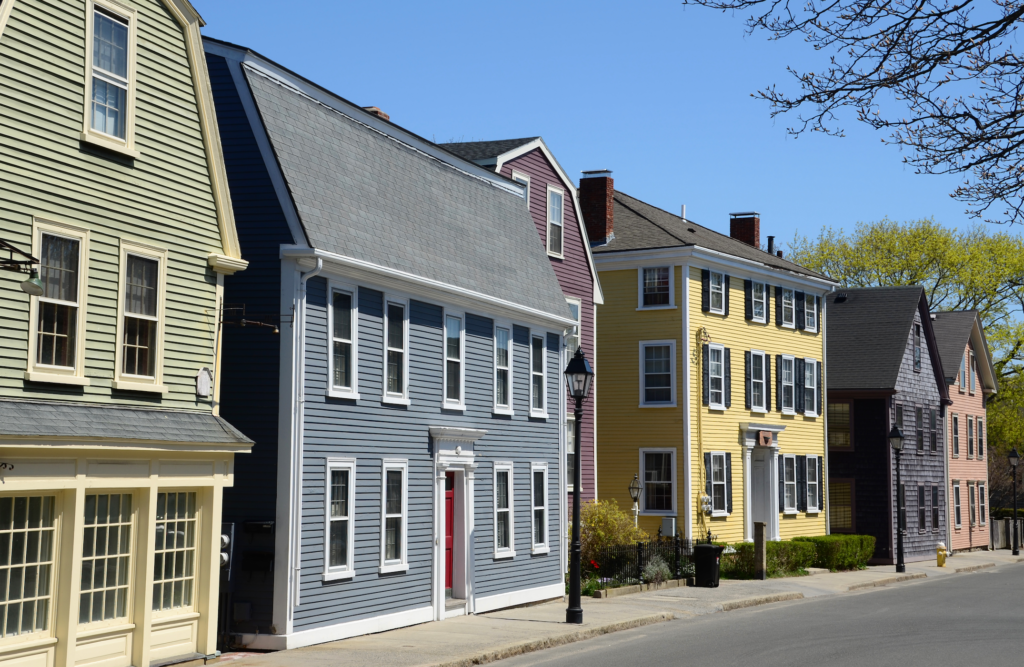
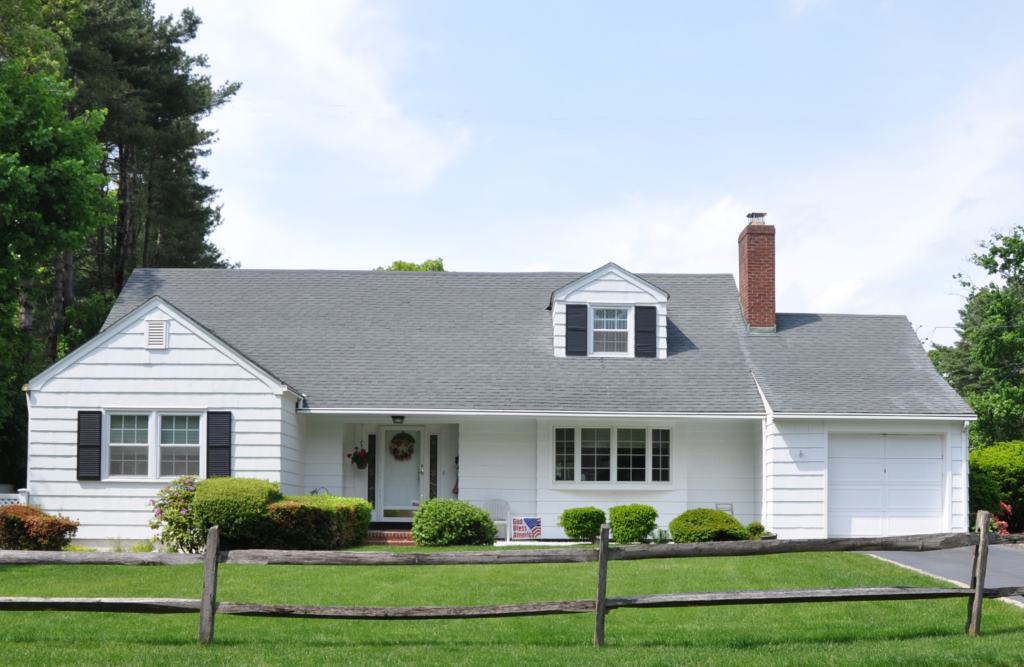
There are four common ways to achieve this aesthetic with different siding materials, each of which has its own unique advantages and disadvantages.
Cedar Planks
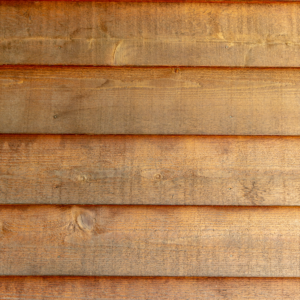 The original solution is natural hardwood. It is undoubtedly beautiful, as well as natural and biodegradable. Cedar may have a higher resistance than other wood species, but it is still susceptible to damage from woodpeckers and insects like termites and carpenter ants. It is also subject to warping and rotting.
The original solution is natural hardwood. It is undoubtedly beautiful, as well as natural and biodegradable. Cedar may have a higher resistance than other wood species, but it is still susceptible to damage from woodpeckers and insects like termites and carpenter ants. It is also subject to warping and rotting.
Most significantly, natural cedar requires regular maintenance for the life of the product—repainting or re-staining every three to five years. This maintenance increases the lifetime costs of what is already one of the more expensive siding options available.
EverPlank Luxury Vinyl Siding
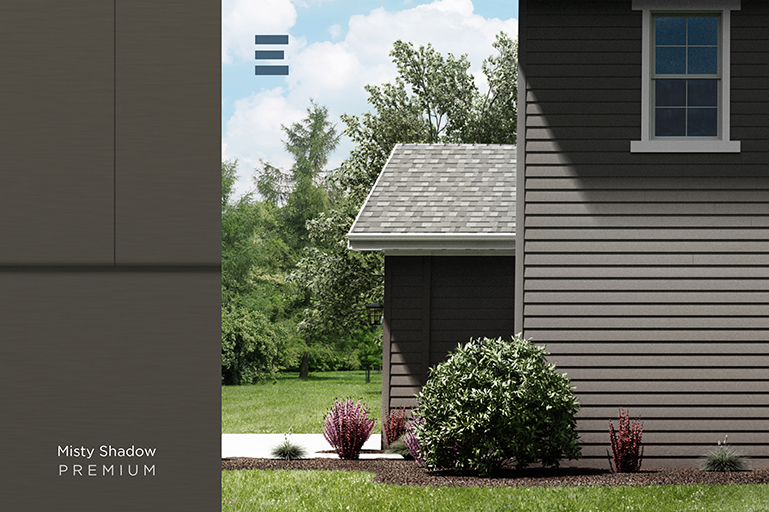 Vinyl siding was first used as an alternative to aluminum siding in the early 1960s. It typically consists of two layers – one providing structural strength and another containing weatherproofing compounds – extruded together. In 2021, Ply Gem’s Mastic® brand introduced EverPlank Luxury Vinyl Siding, a new category within vinyl siding providing a higher level of aesthetic appeal and durability.
Vinyl siding was first used as an alternative to aluminum siding in the early 1960s. It typically consists of two layers – one providing structural strength and another containing weatherproofing compounds – extruded together. In 2021, Ply Gem’s Mastic® brand introduced EverPlank Luxury Vinyl Siding, a new category within vinyl siding providing a higher level of aesthetic appeal and durability.
EverPlank delivers a classic wood plank look and is entirely resistant to rotting and warping, as well as damage from woodpeckers, termites and carpenter ants. But unlike any other material options, EverPlank never requires repainting, saving homeowners an average of $1,500 per year—a total of $24,000 over 16 years of ownership. And it has 79% less impact on global warming than fiber cement.*
Engineered Wood Siding
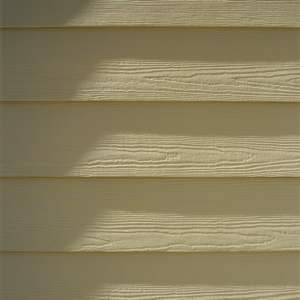
Also known as manufactured wood siding, synthetic wood siding or composite wood siding, engineered wood siding is made of wood fibers bound together with a resin material and strengthened through a pressurized heating process. Coatings are applied to help it resist moisture.
Engineered wood does cost less than natural wood siding, but requires fairly intensive maintenance—caulking, repairs and repainting every seven to ten years. Failing to maintain engineered wood is more than an aesthetic issue. If not adequately sealed, it becomes susceptible to moisture absorption, which can lead to mold and decay.
Fiber Cement Siding
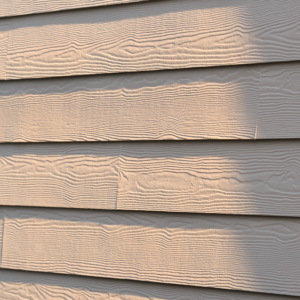 Modern cement siding dates back to the 1980’s, when a new process was developed to fabricate it without asbestos. Fiber cement is composed of a mix of cement, silica and natural cellulose fibers which is pressed into a mold to form planks. It can either be painted by the manufacturer or delivered primed and painted on site. Fiber cement siding is durable and resists rotting, woodpecker and insect damage.
Modern cement siding dates back to the 1980’s, when a new process was developed to fabricate it without asbestos. Fiber cement is composed of a mix of cement, silica and natural cellulose fibers which is pressed into a mold to form planks. It can either be painted by the manufacturer or delivered primed and painted on site. Fiber cement siding is durable and resists rotting, woodpecker and insect damage.
However, because it contains silica, fiber cement siding can generate significant dust. The particles of airborne silica released dust during installation can be dangerous, requiring installation crews to use special equipment to keep them safe. In addition, it requires more jobsite clean-up, preventing installers from moving on to the next job. This costs the remodeler time and money. It is also heavier than comparable materials. These two things make fiber cement more costly and labor-intensive to install. And while a painted finish lasts longer than on natural or engineered wood, fiber cement will still require repainting after a number of years.
When all the pros and cons are taken into consideration—appearance, durability, maintenance, and lifetime cost—EverPlank Luxury Vinyl Siding is an incredibly efficient and beautiful way to achieve the look of classic wood plank siding.
*Source: Based on analysis using Building for Environmental and Economic Sustainability (BEES®) Online software, as cited on the Vinyl Siding Institute website.
